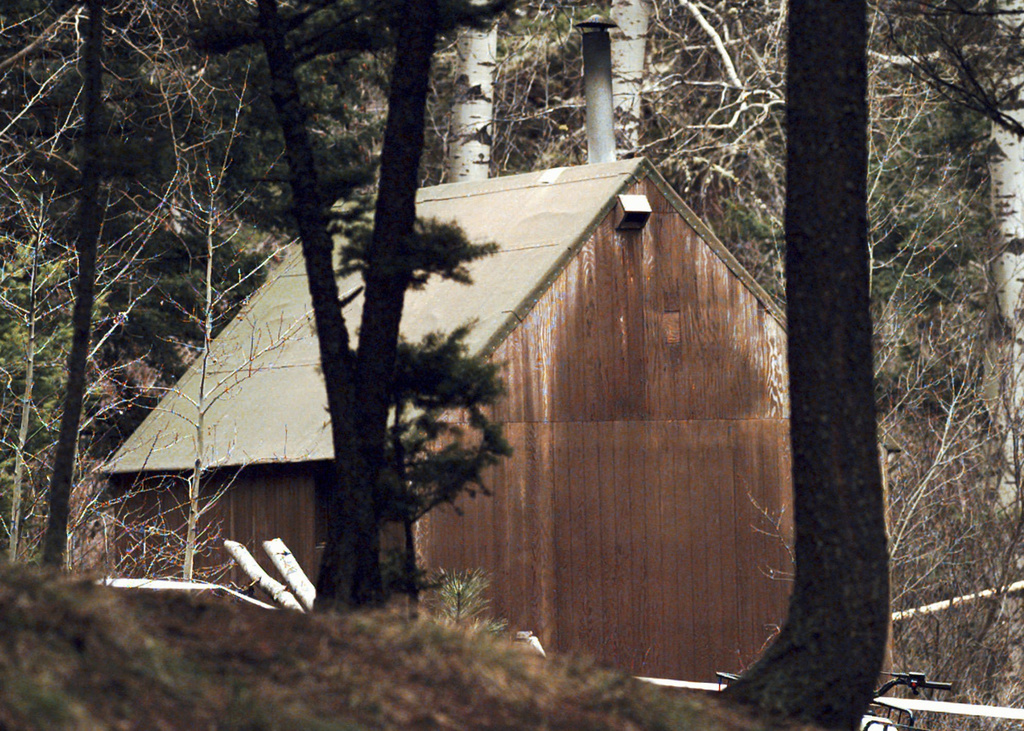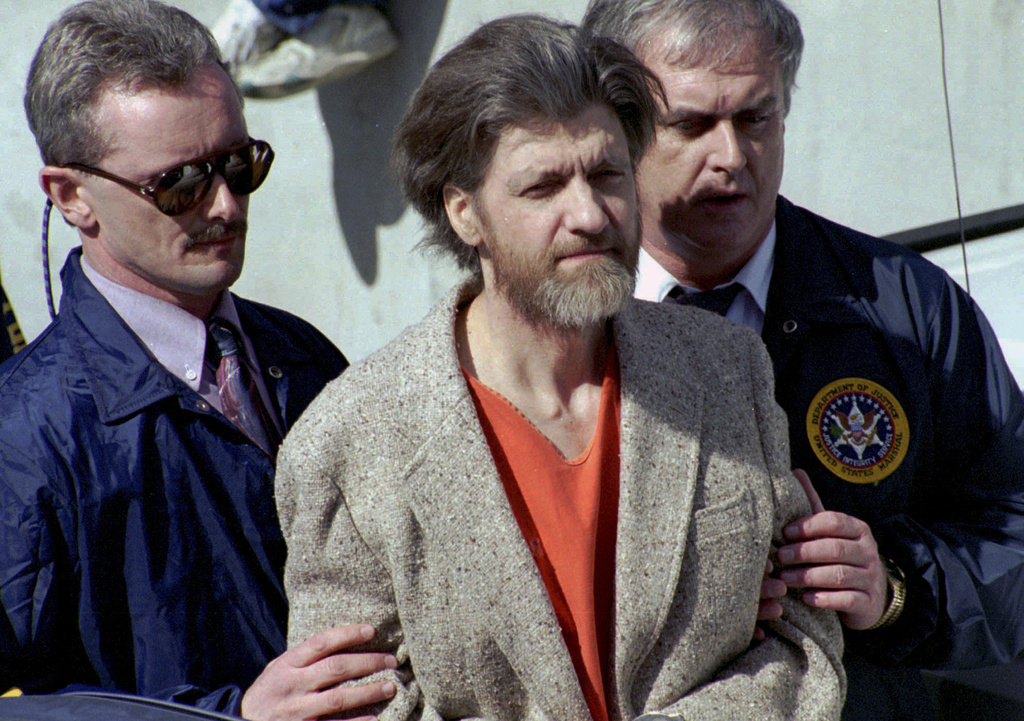The Harvard-trained mathematician who launched a mail bomb campaign against those he perceived as destroying the environment and promoting modern technology — and escaped capture for 18 years — has died.
Ted Kaczynski, dubbed the Unabomber by media from his FBI designation — UNABOM, for University and Airlines Bomber, his early targets — was found dead in his prison cell in North Carolina, the Federal Bureau of Prisons said. He was 81.
The bureau did not release a cause of death. Kaczynski was transferred to North Carolina from a maximum security prison in Colorado two years ago because of ill health. He was serving eight life sentences without the possibility of parole after pleading guilty in 1998 to setting off 16 bombs between 1978 and 1995, killing three people and wounding 23 more.
Kaczynski built all of his bombs at a remote, primitive cabin in western Montana, where he had lived since 1971, and sent most of them by mail. The bombs were sophisticated and effective — a bomb on board an American Airlines flight in 1979 was designed to go off at a certain altitude, the Washington Post reported. No one was killed on the board the flight, which landed safely after the timing mechanism malfunctioned, but 12 passengers suffered from smoke inhalation.

Two of Kaczynski’s creations — a 1981 bomb at the University of Utah and a bomb in 1985 at the Boeing Company in Washington state — were found and defused.
His first fatality came on December 12, 1985, when Kaczynski disguised a bomb as a piece of lumber and put it in a parking lot behind a Sacramento computer store. The store owner, Hugh Scrutton, was killed when he picked it up after work, the Justice Department said. In Kaczynski’s sentencing memorandum, prosecutors included notes they found in his cabin about Scrutton’s death:
“According to the San Francisco Examiner, Dec. 20, the ‘operator’ (owner? manager?) of the store was killed, ‘blown to bits, on Dec. 12. Excellent. Humane way to eliminate somebody. He probably never felt a thing. 25,000 reward offered. Rather flattering.”
The other two deaths came from his final two bombs in 1994 and 1995. Almost nine years later to the day after Scrutton’s death, on December 10, 1994, advertising executive Thomas Mosser returned to his New Jersey home from a trip and began sorting through his mail. A package he opened exploded, killing him, according to the Justice Department. Months later, on April 24, 1995, Kaczynski’s last mail bomb killed the president of California’s timber industry’s lobbying association, Gilbert Murray, SFGate reported.
That same year, Kaczynski mailed letters to multiple media outlets, saying that he would “desist from terrorism” if a major newspaper published his 35,000-word manifesto, “Industrial Society and Its Future,” verbatim. After then-FBI director Louis Freeh recommended that it happen, the Washington Post did so on September 19, 1995, paid for by the Post and the New York Times.
And then, Kaczynski’s sister-in-law recognized the writing style in the manifesto.
Authorities found the Unabomber in April 1996, living in a 10-by-14-foot cabin filled with journals, a coded diary, explosive ingredients, and two completed bombs, according to NBC News.
Kaczynski tried to fire his lawyers and ultimately pleaded guilty because he didn’t want them to mount an insanity defense. In his personal journals, which were released at trial, he said his motive for the bombings was “simply personal revenge.”
“I often had fantasies of killing the kind of people I hated — i.e., government officials, police, computer scientists, the rowdy type of college students who left their beer cans in the arboretum, etc., etc., etc.,″ he wrote.
For the latest true crime and justice news, subscribe to the ‘Crime Stories with Nancy Grace’ podcast.
[Featured image: FILE – Theodore “Ted” Kaczynski is flanked by federal agents as he is led to a car from the federal courthouse in Helena, Montana in 1996. (AP Photo/John Youngbear, File)]



